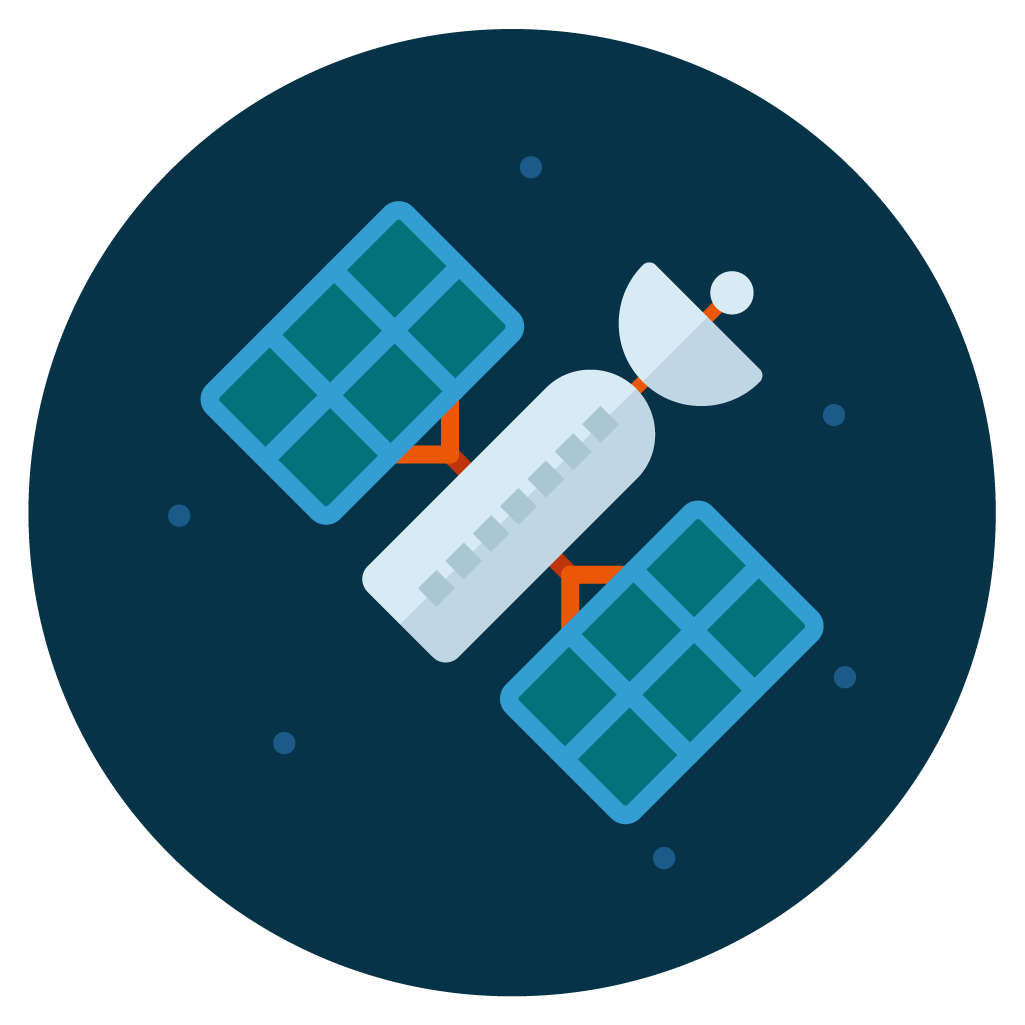| Satellite Imagery
See the latest Satellite Imagery of the southern plains, the US, and the whole disk! See various types of imagery like infrared, water vapor, visible, and more!
Satellite Imagery
Images load slowly on low-end devices! Computers and Tablets only!

Full Disk

National

Southern West

Southern Plains

Southern Valley

Gulf

Atlantic

Central America

Caribbean

Puerto Rico

US West Coast

US East Coast

About Satellite Data
GeoColor

Visible

Infrared

Water Vapor

GeoColor

Visible

Infrared

Water Vapor

GeoColor

Visible

Infrared

Water Vapor

GeoColor

Visible

Infrared

Water Vapor

GeoColor

Visible

Infrared

Water Vapor

GeoColor

Visible

Infrared

Water Vapor

GeoColor

Visible

Infrared

Water Vapor

GeoColor

Visible

Infrared

Water Vapor

GeoColor

Visible

Infrared

Water Vapor

GeoColor

Visible

Infrared

Water Vapor

GeoColor

Visible

Infrared

Water Vapor

GeoColor

Visible

Infrared

Water Vapor

GeoColor
GeoColor is a type of weather satellite imagery that provides a visually realistic representation of weather conditions. It combines data from multiple spectral channels to create a color image that resembles what the human eye might see, but with enhancements for specific features like clouds, smoke, dust, and fog. It uses both visible and infrared data, allowing it to provide clear views during the day (using sunlight) and at night (using infrared sensors). During the day, GeoColor imagery shows clouds, land, and bodies of water in natural colors, and at night, it can detect features like city lights, cloud cover, and even low clouds or fog through infrared.
Visible
A visible weather satellite refers to a satellite that captures images of the Earth using sunlight reflected off the surface and clouds. These images are taken in the visible spectrum (the same light that our eyes can see) and are most useful during daylight hours. Visible satellite imagery helps meteorologists observe cloud patterns, monitor weather systems, and identify storm development by providing high-resolution pictures of cloud formations, land surfaces, and bodies of water. Visible Satellite will not show any clouds during the night hours since it is too dark
Infrared
An infrared weather satellite is a type of satellite equipped with sensors that detect infrared radiation emitted by Earth, particularly from clouds, water vapor, and the surface. Infrared radiation is essentially heat, so these satellites can provide images and data even at night, unlike visible-light satellites which depend on sunlight.
Key Features:
- Night and Day Monitoring: Infrared satellites can observe weather patterns 24/7 because they detect heat rather than visible light.
- Cloud and Surface Temperature Measurement: They measure the temperature of clouds, land, and sea, helping meteorologists understand storm intensity and development. Colder cloud tops, for example, indicate higher cloud formations, often associated with more severe weather.
Water Vapor
A Water Vapor weather satellite is a type of satellite that captures images of water vapor in the Earth’s atmosphere. Unlike visible or infrared satellites that track clouds or surface features, water vapor satellites detect the moisture content in the middle and upper levels of the atmosphere. This information helps meteorologists track the movement of moisture and large-scale weather patterns, such as storm systems, even in areas where clouds may not be visible.
Water vapor imagery is especially useful for observing:
- Jet streams
- Cyclones
- Upper-level disturbances
- Atmospheric rivers (streams of moisture that transport water vapor)